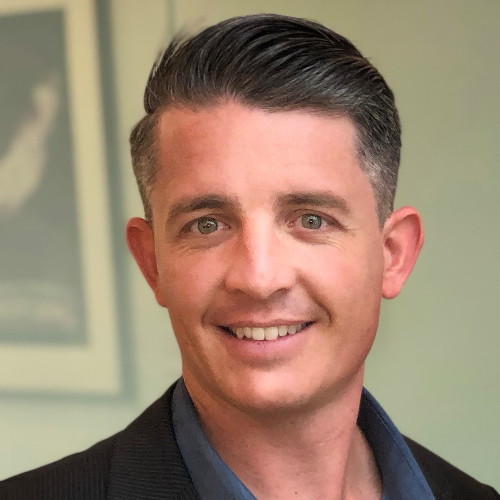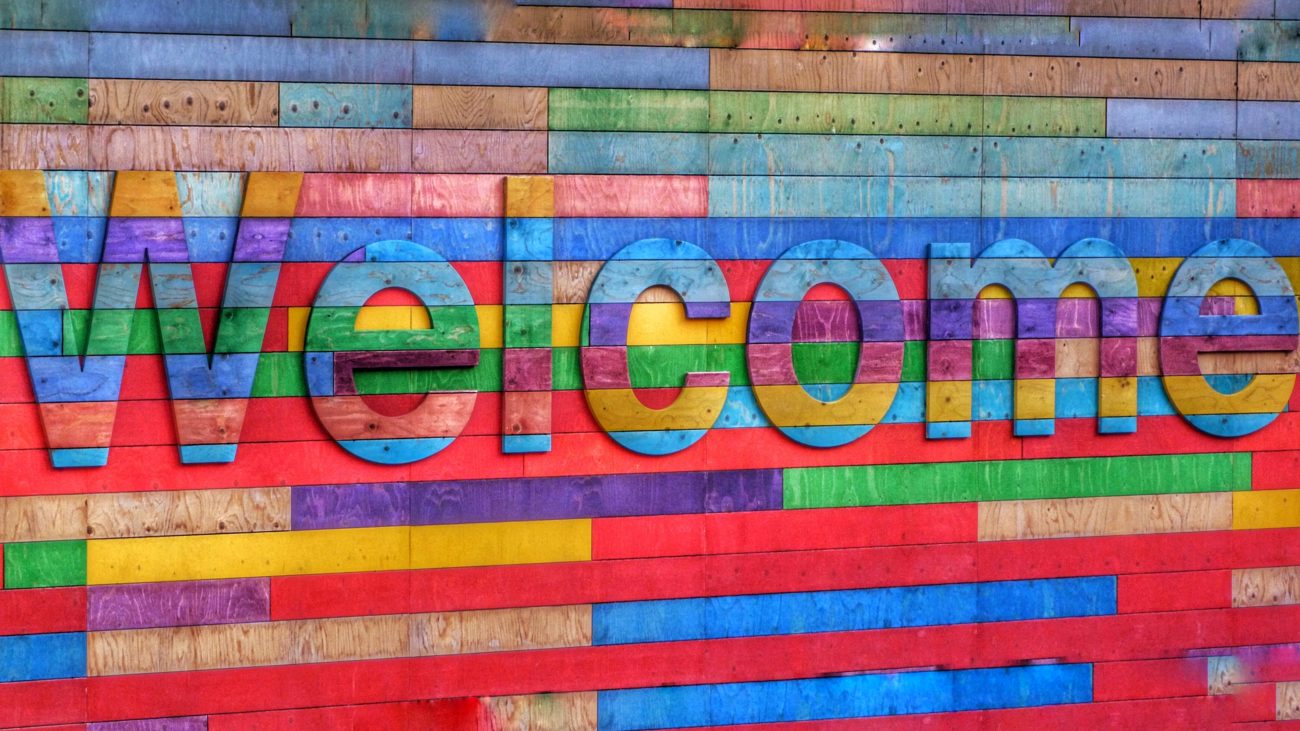Podcast Recap: How Belonging At Work Improves Your Team’s Performance
Research indicates that trauma can show up in our systems even if we haven’t personally experienced it, because it can be passed along through our genes! Business leaders and culture architects can benefit from incorporating an awareness of past traumas along with an understanding of neuroscience as it impacts our sense of belonging at work. Few people understand this better than today’s guest.
As an executive coach with a particular focus on epigenetics and neurobiology, Rajkumari Neogy takes a novel look at how these fields can help us to live better lives. Rajkumari is the creator of the iRestart framework, the Disruptive Diversity Boot Camp and the author of The WIT Factor: Shifting the Workplace Paradigm by Becoming Your Optimal Self.
Rajkumari explains how, as leaders, we need to look at and consider why our people behave in certain ways. Often, this is the result of traumas that we or our ancestors experienced. We can intentionally create a culture where people experience transformation by choosing the language that we use. Since words are integrally tied to feelings, and feelings create our environment, business leaders have the power and responsibility to create work environments where people can feel safe enough to thrive:
In this episode:
• Why an understanding of neurobiology and epigenetics matters within any organization
• How toxic cultures and environments affect us on a genetic level
• The power of language to create a healthy and cohesive workplace environment
• Small changes you can start making today to build safety and meaningful communication
• The power of employee appreciation and trust-building to increase employee engagement and belonging at work
The following is a transcribed and edited portion of the Best-Self Management Podcast, Episode 18: “The Neurobiology of Belonging in Highly Effective Teams w/ Rajkumari Neogy”:
An Exercise To Shift Your Mindset
Shane: When we share our humanity at work, as we do at 15Five during all of these different cultural rituals, we enter a field of empathic listening and see the complexity of co-workers. All of a sudden our internal worlds have the opportunity to be displayed externally, and people feel seen and valued.
As an example, we do one word check-ins at the beginning of meetings, declaring our internal states. Just that moment of knowing it’s ok to have an inner state and acknowledge the internal feeling universes inside of us, we stop pretending that we always have to be on, and we can start bridging the gap between our feelings and our external reality.
Rajkumari: I think you bring such a good point forward. When we are actually able to name our experience, to name our feeling, something very interesting and magical happens—the prefrontal cortex gains clarity about our internal state. We are advocating and verbalizing it, and in that moment that pre-frontal then cortex communicates to the amygdala that we’re actually safer because we’ve named it. And then we calm down a bit.
There’s a tool that I offer all of my clients that is specifically designed to create that sense of calm in the moment. It needs to be repeated a few times to move away from a triggered state to a more relaxed state. The sentence is this:
“Even though I’m feeling _____________ (insert triggered feeling that is generating adrenaline or cortisol—frustrated, impatient, angry, sad, etc.), I’m grateful that ______________.”
So it might be:
“Even thought I’m feeling frustrated, I’m grateful that I’m seeing my friend for coffee at four o’clock.”
When we go into that second part beginning with “I’m grateful”, that begins to shift the cortisol into oxytocin or opioids, generating a feel-better state. Repeatedly, that starts to create a greater relationship in the right hemisphere of the brain and allow us to notice our internal state and shift our mindset.

The Neuroscience Of Belonging At Work
Shane: It’s so amazing that all of our feeling states have a neurobiological corollary to them. You can’t necessarily collapse them to each other but they correlate. It makes me wish that we could do a Gallup study of the workforce but instead of engagement questions, we were able to measure neurochemistry. So we could say, “it’s not that we’re 70% disengaged, 70% are in fight, flight, or freeze”. We’re in a survival state.
If we could analyze the data at that level, we could start to shift how we think about those numbers. How do we get more people into the parasympathetic nervous system, into a more positive brain state that’s out of survival mode.
Rajkumari: The Gallup poll says “disengaged” and “actively disengaged”. What does that even mean!? I love that you brought that up and I agree! If we could start to understand and see the differences of fight, flight, or freeze—and I talk about this a lot—we need to step people up out of those states and back up to engaged. That would then bring more compassion, because we could correlate that back to the trauma, the ancestral trauma, and then the unmet need.
All of the needs are associated to particular neurochemicals. Autonomy or purpose, for example, is associated with dopamine. Being seen or heard is associated with serotonin. Connection or trust is associated with oxytocin, and I could go on and share all of them… We are in fact a walking pharmacy, and when we start to speak differently to ourselves and to others these words start to trigger these neurochemicals. We can shift our neurochemistry so beautifully.
Shane: And the greatest perk is to be able to have that language that can create a sense of belonging at work, which produces the chemical cocktail where we relax and experience that we belong.
That’s the frontier of culture design is to leverage these things and this understanding that we have a profound impact on people inside of our organizations for good or for bad. It’s not neutral. We’re either increasing that level of seratonin and oxytocin or we’re decreasing it.
Rajkumari: I often say this in my presentations, “You’re either in the process of dismantling or building trust in every conversation.”

Rajkumari Neogy is the creator of the iRestart framework, the Disruptive Diversity Boot Camp and the author of The WIT Factor: Shifting the Workplace Paradigm by Becoming Your Optimal Self. S/He is fascinated by team culture, especially in the tech arena and believes that every individual brings a superpower that often isn’t fully unlocked. S/He provides expertise in epigenetic coaching, team dynamics, and belonging at work, and believes that the qualities of passionate self-reflection and dedicated curiosity (two sides of the same coin) define true leadership. Visit www.irestart.com to get a free 20-page document on how to Build Inclusive Teams.

Shane Metcalf is a keynote speaker on building a world-class workplace and one of the world’s leading pioneers in the space of cultural engineering and positive psychology. His insights have been featured in Inc, Fast Company, Washington Post, and Tech Crunch. As the Co-founder of 15Five, Shane and his team support HR Executives with data-driven continuous performance management. 15Five has won numerous awards for its company culture, including the prestigious Inc Best Workplaces award, and is ranked #3 in the U.S. on GlassDoor. Follow Shane on Twitter and LinkedIn.
Additional Resources:
Dr. Rachel Yehuda on The Effects of PTSD
The Body Keeps The Score by Bessel Van Der Kolk
The Five Languages of Appreciation in the Workplace by Gary Chapman & Paul White
“The Neuroscience of Trust” by Paul J. Zak
Image Credit: Belinda Fewings on Unsplash




